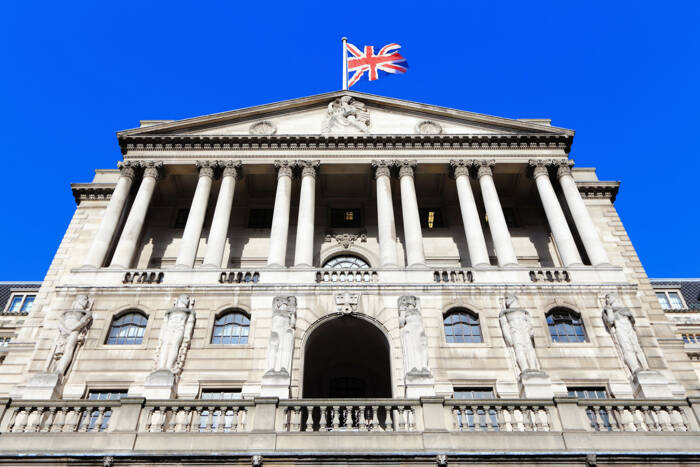In attempts to bring manufacturing back to the US, Trump also announced hefty plans to impose approximately 100% tariffs on chips and semiconductor imports, far surpassing analysts’ estimates. The President, however, noted that ‘if you are building in the US, there will be no charge’. Specifics of this hefty levy remain few and far between at the moment, but it has had a notable effect on Asian semiconductor stocks overnight, particularly in Japanese chip stocks.
Elsewhere in the market, the US dollar (USD) index fell by 0.6% yesterday and breached the 50-day simple moving average. Treasury yields bear steepened, with the front-end of the curve ending the session moderately lower. As you would expect, the euro (EUR) rallied 0.7% versus the USD. Meanwhile, in the commodities space, we are higher this morning across Spot Gold (XAU/USD) and Silver (XAG/USD) markets, up by 0.3% and 0.7%, respectively, with WTI oil (West Texas Intermediate) also trading higher by 0.8%.
BoE Front and Centre Today
The Bank of England (BoE) takes centre stage today at 11:00 am GMT. As I am sure you are aware, the central bank is forecast to reduce the bank rate by 25 basis points (bps). Given this is fully priced in, a rate cut will unlikely move the market’s needle.
What could jolt the markets, nevertheless, is the MPC (Monetary Policy Committee) vote split. LSEG data suggests a 7-2 vote in favour of a rate reduction, though some desks expect a three-way vote split: two members opting to hold, five members voting for a 25 bp cut, with the remaining two eyeing a weighty 50 bp reduction. A more dovish split, of course, is likely to weigh on the British pound (GBP) and Gilt yields, while a more hawkish/cautious vote split could underpin a bid in said markets.
In my opinion, BoE policymakers are in a tricky spot; on one side of the fence, inflationary pressures are increasing – you will recall the June headline CPI inflation print increased by 3.6% up from 3.4%, which is also above the Q2 BoE estimate of 3.4% – and will naturally lead some policymakers to adopt more of a cautious stance. On the other side of things, weak economic activity, slowing pay growth and a loosening job market will likely be enough to get a 25 bp cut over the line.
All in all, forward guidance is unlikely to offer much to work with. I expect the message of a ‘careful and gradual approach’ to be reiterated, given the uncertainty remaining elevated. Nevertheless, if the central bank removes the word ‘gradual’ from its guidance, this could be considered hawkish and potentially take a rate cut off the table later this year, providing GBP bulls something to work with. Another scenario to pencil in – albeit highly doubtful – is that if the BoE signals an acceleration in the pace of easing, the GBP will sell off. Ultimately, I imagine guidance to strike a balance between acknowledging recent inflation stickiness and maintaining the gradual, quarterly easing trajectory.

